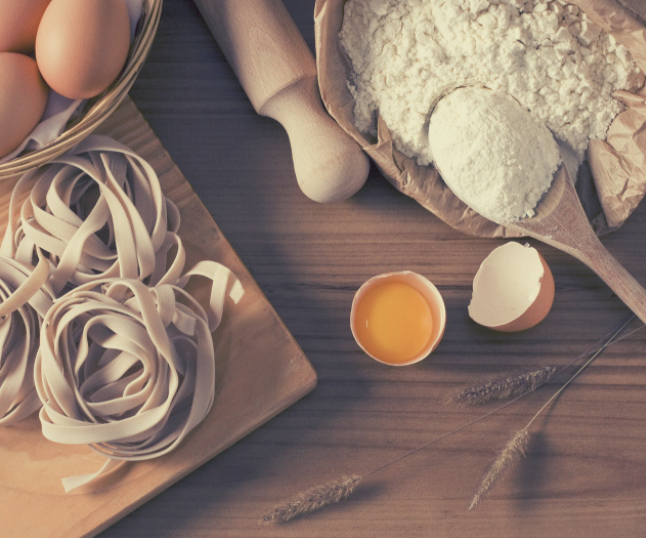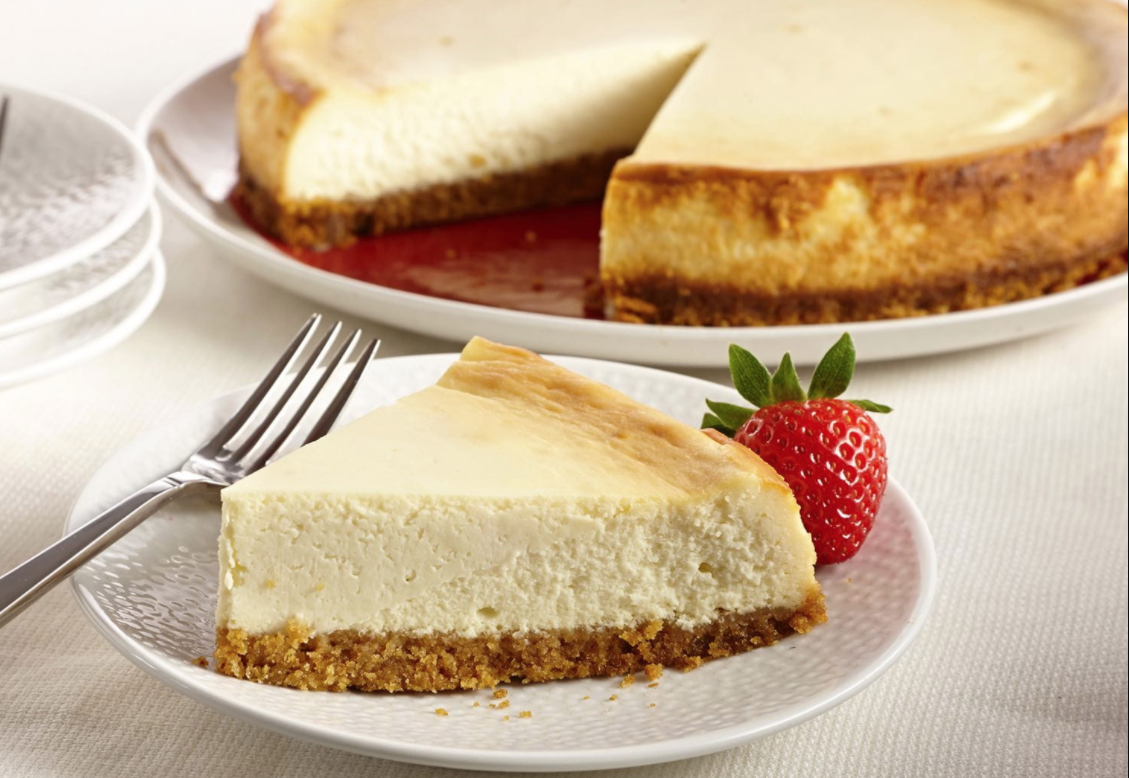By: Heidi Wagenbach
Pâte À Choux;
What are you?
Fluffy, flaky, filled with a dream–
Or covered in chocolate, served with ice cream.
A dough to make,
An oven to bake.
Filled with butter and water and flour–
Flavored with strawberry; caramel builds a tower.
Eggs and salt are ingredients divine,
In hot temperatures, these golden pastries are mine.
~~~
To Make Good Pasta
One must be quick–
Flour the board, be sure to not stick.
Use a red mixer and paddle
(Surely find one that doesn’t rattle).
Rich with 4 simple things–
Overindulge to feel like a King.
Make ravioli, or spaghetti, Fettuccine with sauce
One taste, and approval right from your boss.
Any pasta is sure to please,
Creamy and cheesy, oh, such a tease.
~~~
Caesar Salad
My new favorite lunch,
With fattening dressing and lettuce,
I love it a bunch.
Crunchy with croutons and filled with
Parmesan cheese, this salad this prepared
With relative ease.
The flavors are strong, garlicky, acidic, and filling,
Each bite is an adventure, the experience is thrilling.
~~~
Meatloaf
A decidedly decadent
Or devilish dinner,
Those who eat and those who don’t
Are deemed heartless sinners.
Ground up with spices, an egg, and bread–
Doesn’t sound too nice; no longer want to be fed.
I enjoy this meal, my mother was the cook,
I would help in the kitchen,
The recipes written in the book.
Once the entrée was baking, we’d make a side dish,
A various amount of potatoes or noodles,
And a veggie, (broccoli or carrots, I wished).
It was a comforting night, as the rain fell,
I ate the meatloaf lovingly, and I would tell
My friends constantly: “meatloaf is good!”
And they’d look at me; “I’d rather eat any other food!”
So I’d sigh, not wanting to argue,
Knowing it would give my face a red hue.
I still make it today, with pride, I say–
Not a lot of meat for me, but protein is essential,
Not helping your body would be detrimental.
~~~
Sweet Potatoes
A starchy and delicious treat,
Used in chips, fries, a compliment to meat.
Boiled or fried, baked or pied,
These root vegetables range in size,
And grow in the dirt, hidden and wise.
Peel the skin off (or leave it be),
Cooks for a while, then you will see
How bright and orange this food becomes,
Mashed or cubed, a sprinkle of rum.
Brown sugar and marshmallows, a hint of sweet,
Unlike its cousins, like turnips or beets.
A favorite at Thanksgiving or during the fall,
When food is warm, and lights decorate the hall.
~~~
Graham Crackers and Cream Cheese
Are both good on their own,
But combine them together, they sit on a grand throne!
Cheesecake is tricky, a process to make,
Submerged in a hot water bath to bake.
A good sign is when the middle jiggles,
But the top is golden, no cracks that squiggle.
A fork should stay in place when eating,
The texture so thick, it’s worth singing.
Cover in fresh fruit and syrup,
Pour some coffee into a cup.
Or enjoy when deliciously plain,
Share with friends, less weight to gain.
~~~
“What’s Your Favorite Dessert?”
That question is the worst,
For someone with a sweet tooth.
But you want the hard, exact truth?
I like carrot cake, fond memories baking with my dad,
But I also like brownies and cookies, don’t be so mad.
I’m a little pastry chef, I have been since I was a kid,
Graduating this year with a certificate that states, “Yes, I did!”
Every sweet has its own little charm,
A bit of chocolate, a sweet fruit from a distant farm.
Some have different baking times, some have different tastes,
But patience is a virtue, one that cannot go to waste.
Every pastry has one thing in common: precision
And with that leaves a very hard decision.
Do I bake today and make a mess?
Or do I go to the store but have to get dressed?
~~~


